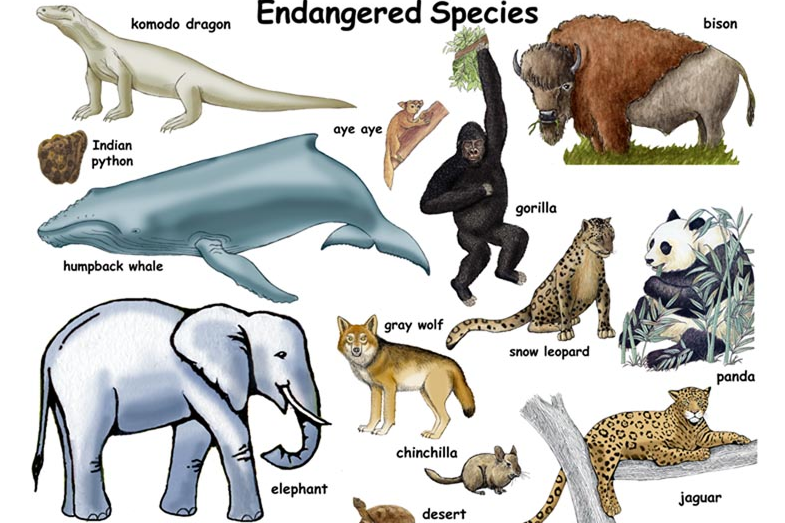 For the past 50 years, Earth Day has been celebrated by billions of people around the globe, annually every April 22, to join together in promoting awareness for the health of our environment. Why should we continue to celebrate this holiday? Some people may view it as just another holiday, or an excuse to wear green and a flower crown, similar to St. Patrick’s Day, but with serious concerns about our changing environment being studied and addressed today by prominent scientists, politicians, and young climate change activists alike, some people are adapting to more environmentally friendly ways of living — every day, not just on April 22 every year. Cue the composting, recycling, repurposing, carpooling, thrifting, and metal straws to save the turtles.
For the past 50 years, Earth Day has been celebrated by billions of people around the globe, annually every April 22, to join together in promoting awareness for the health of our environment. Why should we continue to celebrate this holiday? Some people may view it as just another holiday, or an excuse to wear green and a flower crown, similar to St. Patrick’s Day, but with serious concerns about our changing environment being studied and addressed today by prominent scientists, politicians, and young climate change activists alike, some people are adapting to more environmentally friendly ways of living — every day, not just on April 22 every year. Cue the composting, recycling, repurposing, carpooling, thrifting, and metal straws to save the turtles.
HISTORY OF EARTH DAY
The idea for Earth Day was originally born in 1969, when a US Senator named Gaylord Nelson, witnessed the effects of a massive oil spill in Santa Barbara, CA. He called to action all Americans to take a stand for the environment in 1970, and thousands of colleges and universities across the United States organized protests for a healthy, sustainable Earth. This included air pollution from factories and freeways, as well as the loss of habitats for animals and animal extinction. Because of these national rallies, the first Earth Day helped create the United States Environmental Protection Agency and the Clean Air, Clean Water, and Endangered Species acts into law.
Today, we have similar concerns, and unfortunately they are even messier than that original oil spill. Increasing natural disasters, extreme weather, and rising global temperatures may seem impossible for one human, let alone millions or even billions of humans, to slow down, or stop. It has been reported that coral reefs are dying, we see pictures of animals on land and in the ocean with trash in their bellies or around their body, and corporate factories and large companies around the world continue to pollute our air and our living spaces. But a small action, like picking up litter on the sidewalk that may have otherwise ended up around the neck of an animal or in the ocean, still makes an impact — a step in the right direction, and an important change.
 Every year on November 5th, countries around the world observe World Tsunami Awareness Day. This day raises tsunami awareness and shares innovative approaches to risk reduction.
Every year on November 5th, countries around the world observe World Tsunami Awareness Day. This day raises tsunami awareness and shares innovative approaches to risk reduction. We live in a world full of many animals, insects, plants and creatures which are approaching risk of extinction – or are so close to extinction, that their species needs help immediately. When a species is defined as endangered, its numbers are especially low – in the last few thousands, hundreds, or even tens. And when the last of the species is gone, they are gone for good.
We live in a world full of many animals, insects, plants and creatures which are approaching risk of extinction – or are so close to extinction, that their species needs help immediately. When a species is defined as endangered, its numbers are especially low – in the last few thousands, hundreds, or even tens. And when the last of the species is gone, they are gone for good.